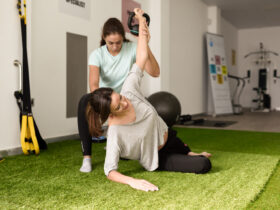Breath is the simplest tool you carry everywhere. It is automatic, yet it can also be guided. When you are anxious, stressed, or shut down, the nervous system switches into protective modes that narrow perception and reduce flexibility. Conscious breathing gives you a handle to turn those states with care. It works because respiration and the autonomic nervous system are tightly linked. By changing the rhythm and depth of your breath you send signals that influence heart rate, blood chemistry, and the balance between activation and calm. Over time you can build a personal toolkit that steadies you through daily challenges and supports deeper healing.
How breath shapes your nervous system
The body tends to inhale slightly during moments of effort or alarm and lengthen the exhale when it is safe. Exhalation engages parasympathetic pathways that support rest and repair. When you extend the out breath just a little more than the in breath, you invite a state of quiet presence. Slow, regular breathing also supports heart rate variability, which is the subtle beat to beat change in your pulse. Higher variability within a healthy range reflects a flexible system that can respond to change and then return to baseline. Breath practice is one of the gentlest ways to cultivate that flexibility.
Gas exchange matters too. Fast shallow breathing can lower carbon dioxide levels and create lightheadedness or tingling that mimics panic. Slow nasal breathing with a relaxed belly balances oxygen and carbon dioxide and helps you feel grounded. This is why many techniques emphasize nasal breathing and a soft abdomen rather than lifting the chest.
Before you begin
Create a simple environment that helps you sense your breath. Sit upright on a chair with your feet flat, or lie down if that feels better. Place one hand on your belly and one on your chest and notice which moves more. Belly movement suggests diaphragmatic breathing which is generally calming. If you feel dizzy at any point, pause and return to normal breathing. These practices are meant to be kind, not forceful. Start with short sessions and let your body lead.
Rest and balance with 4-6 breathing
This pattern is as simple as it sounds. Inhale through the nose for a gentle count of four. Exhale through the nose for a count of six. The counts are soft and not absolute. If you need shorter counts, try three and five. If you have more capacity, try five and seven. What matters is that the exhale is slightly longer than the inhale and that the rhythm stays smooth. Continue for two to five minutes. If your mind wanders, let it, and then return to counting. Many people feel their shoulders drop and their eyes soften within the first minute. Use this practice before a meeting, after a tough conversation, or as part of a bedtime routine.
Build resilience with coherent breathing
Coherent breathing aims for approximately five to six breaths per minute. That is slower than most people breathe during the day and it encourages a harmonious rhythm between breath and heart. Begin by inhaling to a count of five and exhaling to a count of five. If five feels strained, start with four and four. Keep the breath silky rather than deep. Imagine your ribs expanding in all directions and your belly floating outward slightly. Continue for five minutes. Over time you can extend to ten or fifteen if it feels pleasant. This steady rhythm is useful when you want to center without becoming drowsy. It supports focus for creative work and calm alertness during stressful tasks.
Release tension with sighing and extended exhale
The body already knows how to reset through a sigh. You can use a deliberate version to relieve pressure. Take a small inhale through the nose, then another small inhale stacked on top, and let a long unforced sigh out through the mouth. Feel your jaw relax and your shoulders glide down. Repeat two or three times and then return to nasal breathing. If you feel keyed up after long screen time, this pattern interrupts the build up of shallow breath and gives your system a quick path back to balance.
Ground quickly with box breathing
Box breathing organizes attention around equal phases. Inhale through the nose for four counts. Hold the breath in for four counts. Exhale for four counts. Hold empty for four counts. Repeat for one to three minutes. If breath retention feels edgy, shorten or remove the holds and keep the equal inhale and exhale. The even structure helps when the mind is scattered. It is often used by performers and first responders to steady focus under pressure. Test it during moderate stress before you need it during intense stress so that your body associates the pattern with safety.
Soothe anxiety with lengthened exhale and belly focus
Anxiety often pulls breath into the upper chest and speeds the rhythm. To counter this, place a hand on your belly and send the breath downward. Imagine the breath arriving in the lower ribs and belly like a tide that rolls in and out. Inhale for a soft count of four. Pause for one count. Exhale for a slow count of eight. If eight is too long, try six. Keep your eyes on a single point or close them halfway. After three minutes, many people report a gentle sense of weight in the pelvis and feet which signals grounding.
Clear mental fog with alternate nostril breathing
Alternate nostril breathing can balance mental energy and quiet internal noise. Sit comfortably and bring your right hand near your face. Rest your index and middle fingers between your eyebrows. Use your thumb to gently close your right nostril and inhale through the left. Close the left nostril with your ring finger, open the right, and exhale through the right. Inhale through the right, close it, open the left, and exhale through the left. That completes one cycle. Move slowly and keep the breath comfortable. Practice for two to five minutes. Many people feel clearer and more even after a few rounds. If you have nasal congestion, wait until you can breathe freely.
Ease low mood with measured energizing breaths
When energy is low and your thoughts feel heavy, a few minutes of slightly more alert breath can help. Try a steady pattern of inhaling through the nose for four counts and exhaling through the nose for four counts while sitting upright. Allow the breath to be a little brighter than your resting breath without turning it into a workout. Two to three minutes can lift fog without causing jitters. Follow with a minute of 4-6 breathing to land in calm alertness.
Sleep support with a body breath scan
At night, rather than wrestling with thoughts, guide your attention through body regions paired with slow breathing. Lie on your back, place a hand on your belly, and breathe softly. As you inhale, say quietly in your mind here. As you exhale, say now. Begin at your toes and let the inhale and exhale flow as you notice sensations in the feet. Move to calves, knees, thighs, pelvis, abdomen, chest, hands, arms, throat, face, and scalp. If you fall asleep mid scan, your practice did its job. If you finish the scan awake, repeat with a longer exhale or rest your attention on the belly rising and falling.
Using breath in the middle of a panic spike
Panic can feel like a wave that will never end. The body can help you ride it. Start by orienting to the room. Name three colors you can see and three sounds you can hear. Place a palm on your belly and let the next three exhales be longer than the inhales. You can purse your lips to slow the air. If your breath is very fast, do not try to force it slow immediately. Aim for steady and slightly slower, then build toward 4-6 breathing as the surge passes. Remind yourself that panic is time limited even though it feels endless. When the peak subsides, do a minute of coherent breathing and drink a little water.
Breath and posture
Breath mechanics improve when posture supports the diaphragm. You do not need military stiffness. Think tall and relaxed. Imagine a string lifting the crown of your head while your ribs float above the pelvis. If you sit for long periods, take brief standing breaks and let your arms arc overhead as you inhale. Then exhale and let them fall. This simple movement keeps the ribs mobile and the upper back from rounding forward, which gives the lungs more space to expand comfortably.
Pairing breath with words
Sometimes the mind needs a simple phrase to stay with the breath. Choose words that match your intent. For calming, try inhale peace, exhale release. For courage, try inhale steady, exhale strong. For focus, try inhale here, exhale now. Whisper the words internally in rhythm with your breath for a few minutes and then drop the words, keeping the rhythm if it feels good. Language can anchor attention and give meaning to the act of breathing, which makes practice more repeatable.
Building a personal practice
You will learn most by practicing a little bit often rather than a lot once in a while. Two minutes in the morning, one minute midday, and three minutes in the evening can create a noticeable shift within a week or two. Attach practice to existing habits. Breathe while the kettle warms. Breathe before you open your inbox. Breathe after you park the car. If you miss a session, begin again at the next cue without self criticism. Consistency trains your body to access calm quickly when you need it.
Keep notes for a few days about which techniques help in which situations. You might find that coherent breathing centers you for work, that 4-6 helps with social anxiety, and that a body breath scan eases sleep. Create a short menu for different states so that you do not have to remember strategies when you are stressed. Over time your nervous system will start to choose helpful rhythms on its own.
Safety, pacing, and special cases
Breathwork is generally safe, yet there are times to adapt. If you have respiratory issues, cardiovascular concerns, or are pregnant, consult a qualified clinician before trying new patterns. If longer breath holds make you uncomfortable, skip them and keep the breath soft and steady. If you notice strong emotions arising, pause and ground by feeling your feet or placing a hand on your chest. You can return to practice later or explore feelings with a supportive professional. The goal is to build trust in your body, not to push through discomfort for the sake of a technique.
Bringing breath into daily life
The best practice is the one you actually use when life happens. Before you answer a difficult message, take one extended exhale. When you step outside, take three easy belly breaths and feel the temperature of the air on your face. When you notice your jaw is tight, let a quiet sigh melt the tension. When you feel sluggish, take a minute of even four in four out and stand tall. These tiny choices collect into a steadier day. Breath becomes a companion that meets you wherever you are.
A closing invitation
Right now, try this. Sit upright and soften your eyes. Inhale through your nose for four. Exhale through your nose for six. Repeat five times. Notice if anything shifts in your face, throat, or chest. If you feel even a small drop of ease, that is your body responding to care. You can return to this rhythm in the checkout line, on a walk, or in bed before sleep. With practice you will not need counting. Your breath will remember the shape of calm and find it with a single intention.
Breath will not remove every challenge, yet it will change how you meet them. Each measured inhale says yes to life. Each unhurried exhale lets go of what you cannot carry. Between the two, there is a quiet intelligence that helps you regulate emotions, steady attention, and restore connection with yourself. That connection is the ground on which healing grows.








Leave a Reply